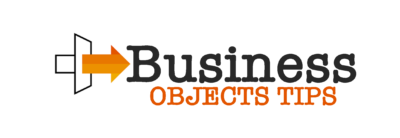The journey to recovery from addiction can be a daunting process for individuals seeking help. Likewise, managing a substance use treatment center can be complex and highly demanding. By docking the right technology, facilities can streamline their operations, improve patient care, and provide a comprehensive care plan that addresses individual needs. But with a wide array of options available, how do you choose the right substance use treatment software for your facility? This article guides you through essential factors when selecting the best-suited software for your treatment center.
1. Assessing Your Needs
Before diving into the market, it is important to define your facility’s unique needs. What types of services does your facility provide, and what specific challenges do you face? Are you mainly dealing with inpatient or outpatient care? What are your reporting and data management requirements? By pinpointing your core requirements, you can accurately assess which substance use treatment software features are critical to your organization. You can then use this information to ensure the software you select best meets your needs.
2. Ease of Use
Implementing a new software system can be a significant change for your staff, making ease of use a crucial factor. A user-friendly interface and simple navigation will minimize the learning curve and ensure smooth adoption. In addition, a well-designed system can help prevent errors and improve productivity by providing real-time data access and streamlined workflows. It is essential to include your team in the decision-making process and gather feedback on how intuitive and user-friendly the software is.
3. Integration and Interoperability
Your substance use treatment software should easily integrate with your existing systems and other third-party tools, as interoperability is vital for seamless information sharing among healthcare providers. Look for software that allows smooth data exchange and includes open APIs for quick connections with systems such as electronic health records (EHR), billing, and customer relationship management (CRM) tools. This will enable your staff to access critical patient information and make informed decisions faster.
4. Compliance and Security
Substance use treatment centers are required to adhere to stringent regulations, including the Health Insurance Portability and Accountability Act (HIPAA) and state-specific guidelines. Choose a software provider that understands these regulations and ensures your data is compliance-friendly. Furthermore, it is crucial to ensure your chosen solution employs robust security measures to protect sensitive data from cyber threats.
5. Scalability and Customization
Lastly, consider the scalability and customization options of the software. As your facility grows, your software should grow with you, offering adaptable features and modules that cater to your evolving needs. A customizable system can help you create bespoke workflows, forms, and reports, increasing efficiency and patient satisfaction.
In Conclusion
By choosing the best substance abuse treatment software for your facility, you can optimize patient care, stay in compliance with regulations, and streamline operations. You can make an informed choice and invest in a solution that drives your facility toward success by considering considerations like scalability, ease of use, integration, compliance, and compliance. Before deciding, don’t hesitate to get in touch with software providers and ask for demonstrations so you can try the program out for yourself.
Related posts
Categories
Advertisement


